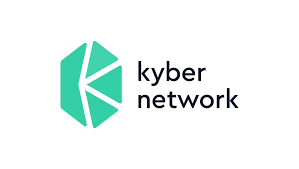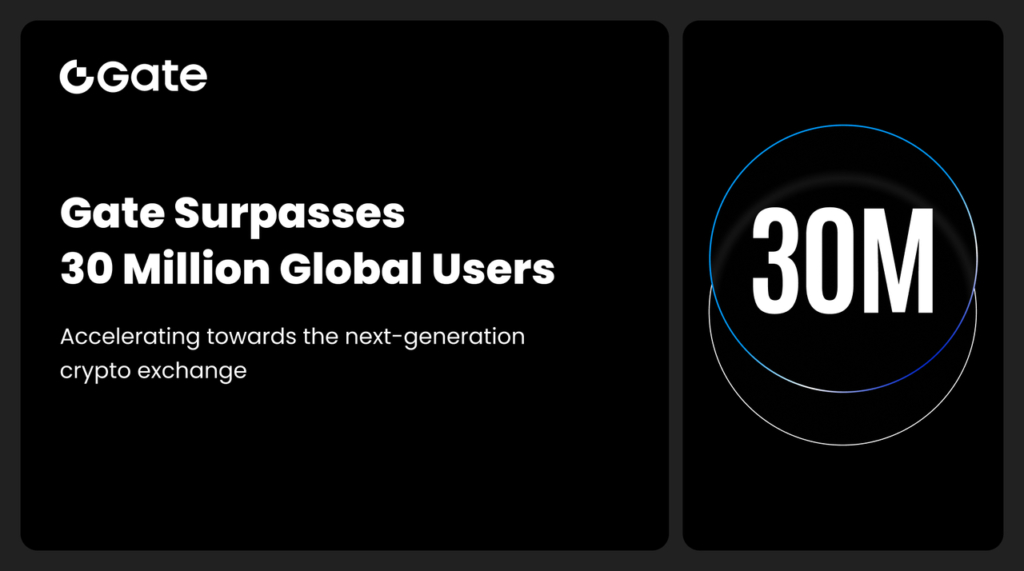Kyber Network, a decentralized finance (DeFi) platform, suffered a major setback in November as a result of a significant security breach, but CEO and co-founder Victor Tran is leading efforts to address the fallout and reshape the platform’s future.
According to the latest statement, despite the challenges posed by the “Elastic exploit,” KyberSwap‘s core business, including the aggregator and limit order functions, remains fully operational.
Kyber Network is responding to the changing landscape by implementing strategic and operational changes. The upcoming launch of the Zap API, designed to enable decentralized applications (dApps), wallets, and other projects to serve as user-friendly gateways to DeFi liquidity protocols, is one notable initiative.
Furthermore, to ensure a sustainable future, Kyber Network has implemented operational changes such as temporary pauses in liquidity protocol initiatives and the KyberAI project.
However, these changes have been accompanied by difficult decisions, such as a 50% reduction in the workforce.
Victor Tran described the difficulties he faced during this time, including the difficulty of parting ways with dedicated team members.
Despite the difficult decisions, Tran emphasized the importance of advancing DeFi and providing tangible value to end users.
Responding to the Elastic Exploit: In response to the Elastic exploit, Kyber Network has taken steps to reduce losses and increase transparency.
The KyberSwap Elastic Exploit Treasury Grant Program has been launched to compensate users for up to 100% of their losses.
To provide clarity on the situation, Kyber Network has categorized the affected assets and outlined the consequences for each category. Here’s an overview:
Category 1: Assets affected by the primary exploit, with a market value of $48,883,930.66, yet to be recovered.
Category 2: Assets obtained by mimicking bots replicating the primary exploit, totaling US$172,148.52, also unrecovered.
Category 3: Assets removed from affected pools by subsequent activity, comprising swapped affected assets. The market value is $6,405,483.43, with partial recovery.
Category 4: Assets currently locked in affected pools due to an “incorrect pool state,” with a total value of $24,478.93.
Category 5: Previously locked assets successfully recovered from liquidity pools, totaling $706,162.85.



